This article was co-authored by Asa Don Brown, PhD, DNCCM, FAAETS. Dr. Asa Don Brown is a Clinical Psychologist with over 25 years of experience. He specializes in working with families, children, and couples, treating a variety of psychological disorders, trauma, and abuse. Dr. Brown has specialized in negotiation and profiling. He is also a prolific author having published three books and numerous articles in magazines, journals, and popular publications. Dr. Brown earned a BS in Theology and Religion with a minor in Marketing and an MS in Counseling with a specialization in Marriage and Family from The University of Great Falls. Furthermore, he received a PhD in Psychology with a specialization in Clinical Psychology from Capella University. He is also a candidate for a Masters of Liberal Arts through Harvard University. Dr. Brown is a Fellow of the American Academy of Experts in Traumatic Stress and a Diplomate for the National Center for Crisis Management and continues to serve a number of psychological and scientific boards.
There are 10 references cited in this article, which can be found at the bottom of the page.
This article has been viewed 51,052 times.
Scared or ashamed about a recent change "down there?" Trying to get a handle on your sexual health? Don't worry — STD tests are quick, easy, and common. While not every change in your genitals is caused by an STD, knowing how to get tested will give you peace of mind (and, if needed, help you get the proper treatment as quickly as possible).
Steps
Setting Up a Test
-
1Make an appointment with your family doctor. One great "first stop" for STD treatment is your ordinary doctor that you see for your regular checkups. Your doctor should be more than willing to help you get the tests you need. Doctors are not allowed to judge you or tease you about your issues. If you are older than 13, most doctors will also agree to treat you without telling your parents the real reason for your visit. However, this depends on which state you live in.[1]
- This can be a subject that is difficult to talk to others about. Luckily, you do not need to explain a single thing on the phone. If the receptionist asks, you can just say that you are not feeling well or that you want a routine physical exam. Then, once you are in the privacy of the examination room, you can explain your situation.
- You can also give your parents the same excuse if you are worried about them having an angry reaction.
-
2Take the opportunity to talk to your doctor about your concerns. Don't be afraid to open up to your doctor about the reasons for your visit. It's your doctor's job to help you — she or he will want to get you your test results as quickly as possible. If you do have an STD, your doctor will help you get rid of it. Remember, your doctor is your friend, so there's no question you shouldn't feel comfortable asking.
- Doctors will also be happy to direct you to other people who can help you. For instance, she or he should be willing to connect you with agencies that supply condoms and birth control for cheap or free.
Advertisement -
3Alternatively, visit a sexual health clinic. Worried about paying for a doctor's visit or keeping it secret from your parents? Try visiting a public sexual health clinic instead. In the U.S., the most famous of these is Planned Parenthood. Most of these sorts of clinics will offer confidential STD testing for cheap or even free.[2] You can also almost always get birth control and condoms at these clinics as well.
- Not sure where a sexual health clinic is near you? Try using inspot.org. This site offers an easy-to-use tool for locating clinics in your local area.[3] Inspot.org even lets you send anonymous online requests for information about testing.
-
4Visit a school clinic. Many (though not all) high schools and colleges will have their own on-campus health clinic for students. In most cases, these clinics will be confidential and will offer both STD testing and birth control services — just like a "real" clinic. The cost of your treatment may even be covered in your tuition. Call or ask the front desk staff for more information.
- Note that some schools (particularly religious schools) may not offer all sexual health services in their campus clinics.
-
5Try the national STD hotline. Looking for information on where or how to get an STD test? Call the Centers for Disease Control (CDC) national STD helpline at 1-800-232-4636. Help is available 24 hours a day in English and Spanish.
- To learn where STD testing clinics are located near you, listen to the audio prompts. Use your phone's buttons to give your responses. As of March 2015, the button combination to get testing locations in English is: 1 (for English), 9 (for "all other inquiries"), 1 (for STDs) and 1 again (for STD testing locations).
-
6Double-check privacy information at the location you visit. Most of the suggestions in this section can be confidential. This means that your family members won't have to know you were tested. However, this isn't always the "default" option, so talk to the staff at your testing location to agree on a plan that works for you. A few questions you may want to ask are:[4]
- Will you call me at home or send a letter to confirm the results of the test?
- Will you send a bill to my home?
- Will you send any other mail?
- Will the test show up on my parents' insurance bill?
-
7Consider the possibility of an at-home test. In recent years, home tests for many common STDs (including HIV, chlamydia, and gonorrhea) have become popular and affordable. These tests usually require you to collect a urine sample or swab part of your body. The sample is then sent in the mail to a lab for analysis. You may be able to find these tests for fairly cheap at your local pharmacy.
- Note that there is some evidence that home tests tend to give more "false positives" than tests at clinics.[5] In other words, if you do a home test and the test indicates that you do have an STD, you should confirm your results with a doctor or health clinic. There is a chance they may not be accurate.
Knowing When to Get Tested
-
1Get tested if you notice a difference in your genitals. There are many different reasons why a person may want an STD test. The most urgent is when there is a change in the way your genitals look or feel. In general, anything "out of the ordinary" with your genitals might be an STD. However, there are plenty of alternate explanations as well. Each STD has a different incubation period. Incubation period means the amount of time you should wait after potential exposure before getting tested. The incubation period for STDs varies from 1 day to 3 months depending on the STD. Signs that warrant an STD test regardless include:
- Discomfort when urinating
- Unusual bumps or sores
- Persistent itchiness or irritation
- Unusual discharge or smell
- Again, these symptoms all have non-STD causes as well. For instance, some young women confuse the pain and discharge from a yeast infection with an STD.
-
2Get tested if you're unsure of a partner's sexual history (or your own). When you have sex with someone, you're also having sex with the people he or she has had sex with. If your partner has been sexually active since his or her last STD test, it's wise to have him or her get tested before you have sex. It is possible to have an STD without knowing it since symptoms can take a long time to show up.
- Conversely, if you have been sexually active and you haven't had an STD test in a while, you should get tested before becoming sexually active with your partner.
-
3Know when to get tested for chlamydia and gonorrhea. Medical professionals recommend different testing schedules for different STDs. For instance, two common STDs, gonorrhea and chlamydia, require testing once a year if you meet any of the following conditions:[6]
- You are a sexually active female under 25.
- You are a female older 25 who is at-risk for STDs. For instance, you are having sex with multiple partners or don't know your new partner's sexual history.
- You are a man who has sex with men.
- You have HIV.
- You have been forced to have sex or perform sexual acts against your will.
-
4Know when to get tested for HIV, syphilis, and hepatitis C. Other tests require less-frequent testing or require testing only when certain conditions are met. For example, testing is recommended for these three diseases only if you meet any of the following conditions:[7]
- You have tested positive for a different STD.
- You have had more than one partner since your last test.
- You use intravenous (IV needle) drugs.
- You are a man who has sex with men.
- You are pregnant or want to become pregnant soon.
- You have been forced to have sex or perform sexual acts against your will.
-
5Realize that there are no tests for some STDs. Unfortunately, not all STDs have a test that is 100% effective. There may be some tests available, but they may not be perfectly accurate. False negatives and positives may be possible. In these cases, a doctor may need to make a diagnosis by examining your symptoms in person.
- Herpes is one common STD that lacks a definitive test. Herpes may be diagnosed by taking a tissue scraping from the genital sores or via a blood test, but neither test works perfectly.
- HPV (human papillomavirus) has no test for men. Diagnosis must be made by visually examining sores.
- However, women can be tested for HPV via a pap test (which is recommended every three years for women between ages 21 and 65).
What to Do With a Positive Result
-
1Give yourself time to deal with your emotions. Getting a positive result back from an STD test can sometimes be an emotional experience. You may feel embarrassed, frustrated, sad, angry, or ashamed. You may not know what to do next. Having these thoughts is OK. Give yourself time to process your emotions. You don't have to feel bad for having an STD. You're already better off than you were before your test. Now, you know about it and can start getting treatment.
- Know that you are not alone if you get a positive STD diagnosis. Some STDs are extremely common. For instance, in the U.S., most sexually active men and women will get at least one case of HPV during their life.[8]
-
2Share the results with your sexual partner(s). If you test positive for an STD, you have a responsibility to tell anyone that you've had sex with while you might have had the disease. This can understandably be an awkward experience, but it's a necessary one. By telling these people, you give them the chance to get tested themselves. If they have the disease, they can start treatment as soon as possible. If you test positive for a serious STD, like HIV, notifying past partners can be life-saving.
-
3Begin a doctor-recommended treatment plan. Talk to your doctor about the results of your STD test. Usually, you will have the chance to do this when you receive your test results. A positive test will usually come with instructions to schedule an appointment. The quicker you start receiving treatment, the better the process of recovery is likely to be.
- Some STDs caused by bacteria, yeast, and parasites have "cures" — that is, medicines that can make the disease go away forever. For instance, gonorrhea can usually be cured with antibiotics.
- However, STDs caused by viruses don't have cures. In some cases, you must wait for your body to fight off the virus on its own. In others, the virus stays with you for life, though treatment can make symptoms disappear and make it much harder to spread the virus.[9]
-
4Prevent the spread of your STD if you have one. If you have an STD, it's your responsibility to notify any sexual partners prior to sex. Certain types of protection can help prevent the infection from spreading through sex.
- The easiest, most widely-available means of protecting against STDs is by using condoms. A male or female condom will greatly reduce the risk of giving your sexual partner an STD. However, this is only if it completely covers the infected area. Even condoms are not 100% effective, however, so it's important for both partners to make an informed decision before having sex.[10]
- See our condom article for more information.
References
- ↑ http://kidshealth.org/teen/sexual_health/stds/stds_check.html
- ↑ http://www.plannedparenthood.org/learn/stds-hiv-safer-sex/std-testing
- ↑ http://www.inspot.org/
- ↑ http://www.itsyoursexlife.com/stds-testing-gyt/faq/gyt-get-yourself-tested-faqs
- ↑ https://www.goodrx.com/health-topic/stds/at-home-std-testing
- ↑ https://www.cdc.gov/std/prevention/screeningreccs.htm
- ↑ https://www.cdc.gov/std/prevention/screeningreccs.htm
- ↑ http://www.cdc.gov/std/hpv/stdfact-hpv.htm
- ↑ http://www.nichd.nih.gov/health/topics/stds/conditioninfo/Pages/cure.aspx
About This Article
To get tested for STDs, start by making an appointment with your regular doctor that you see for checkups. If you prefer more privacy or need a lower cost, you can visit a sexual health clinic like Planned Parenthood for testing. At your appointment, take the opportunity to talk to your doctor about any concerns that you have. Then, you should get tested for chlamydia and gonorrhea, which are very common STDs. You may want to be tested for HIV, syphilis, and hepatitis C, depending on your history. For tips on how to handle testing positive, read on!
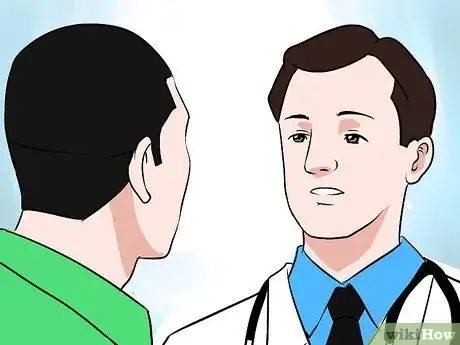


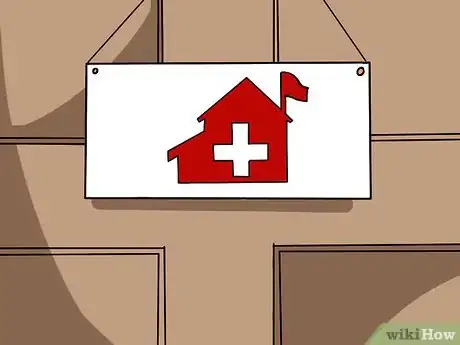


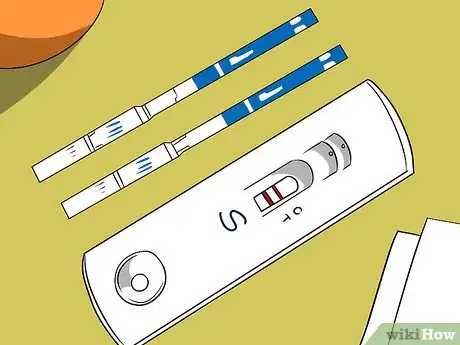
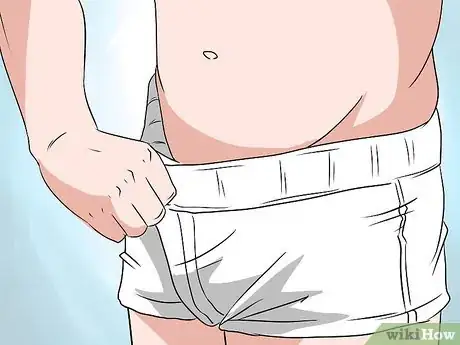
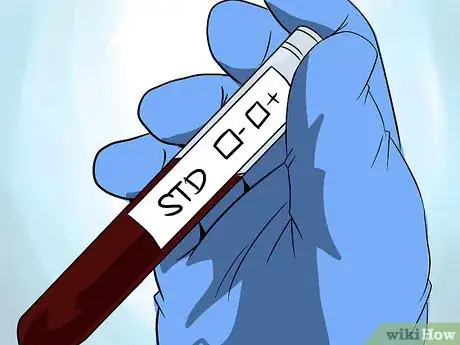

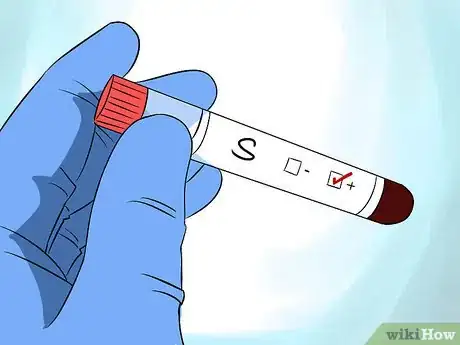



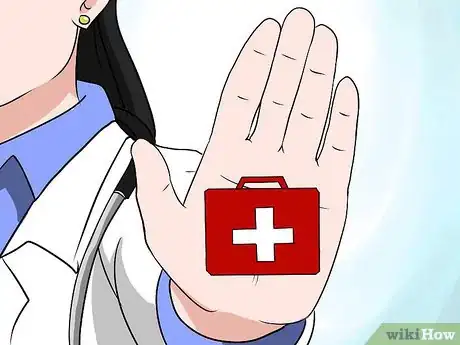
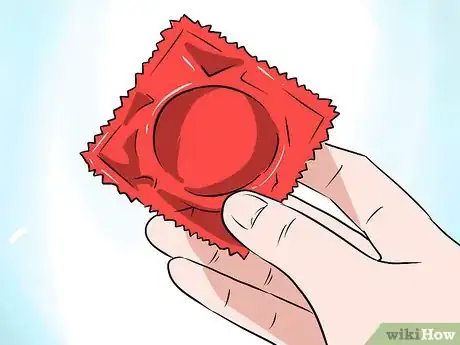
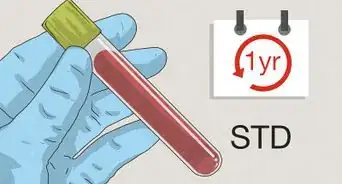

-Step-9.webp)
-Step-10.webp)
-Step-17.webp)
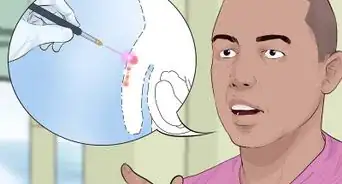
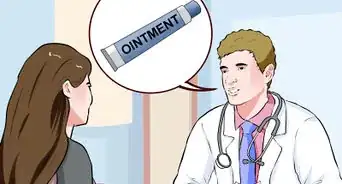
-Step-11-Version-2.webp)
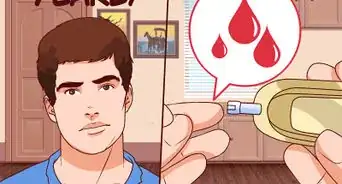


-Step-10.webp)
-Step-13.webp)
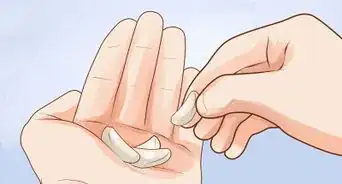







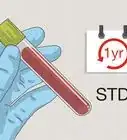

-Step-9.webp)
-Step-10.webp)



































Medical Disclaimer
The content of this article is not intended to be a substitute for professional medical advice, examination, diagnosis, or treatment. You should always contact your doctor or other qualified healthcare professional before starting, changing, or stopping any kind of health treatment.
Read More...